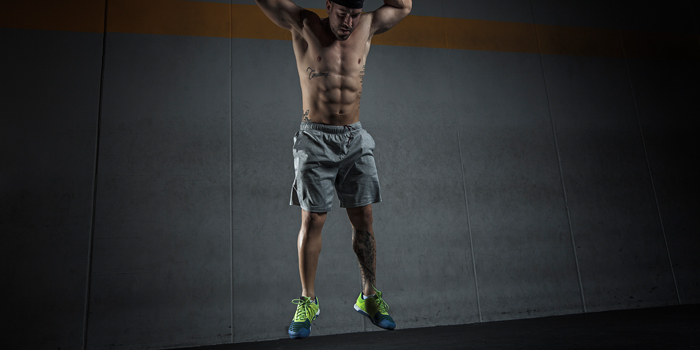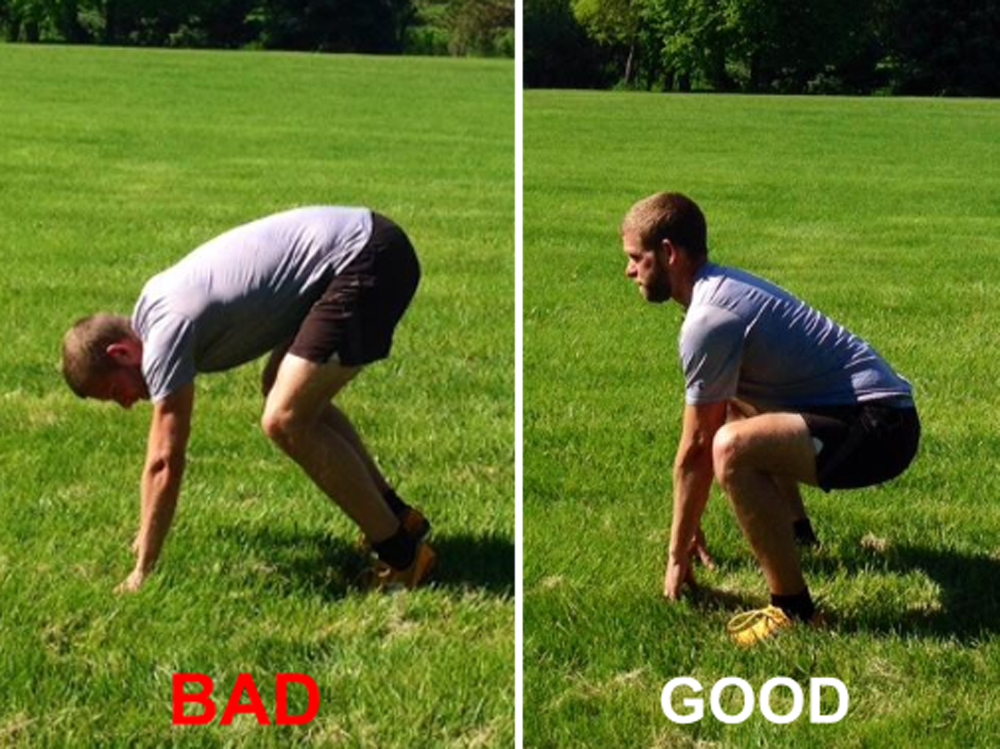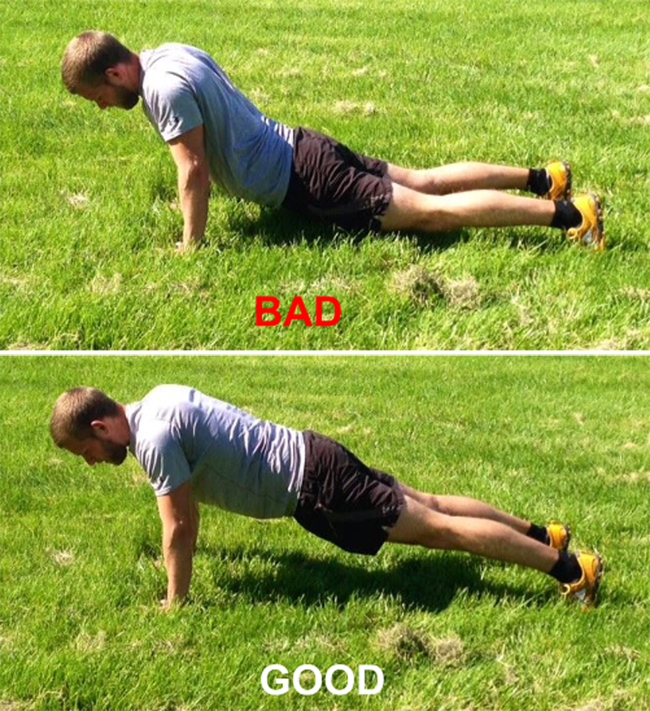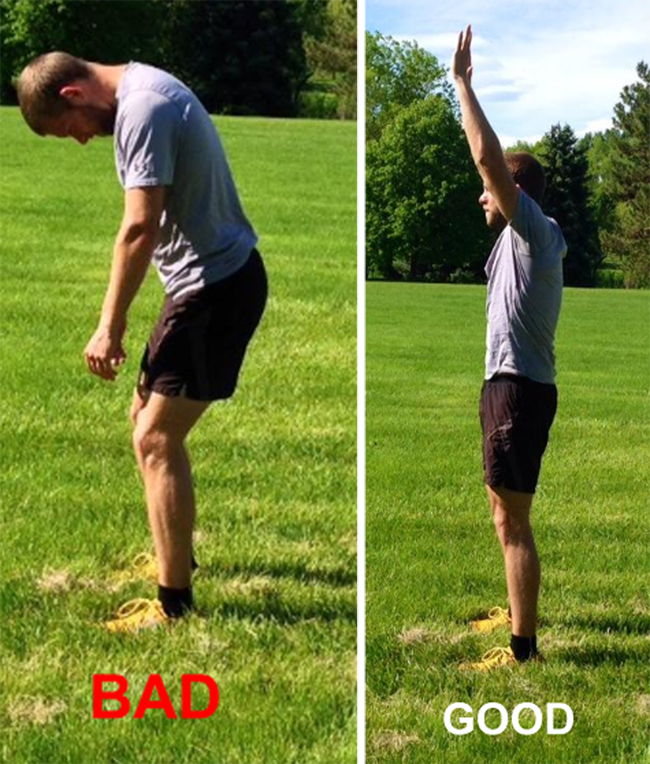
Burpees. I can’t help but think of Jeff Foxworthy’s set about being a redneck, as the same logic applies here. You might be a masochist if you like...burpees. Burpees. I’m sure most of you know what the burpee is: a conditioning exercise meant to make you hate your life. It’s a combination of a squat, plank, pushup and jump, although some teach it without the pushup and jump. Burpees.
The burpee makes for a brutal workout by itself, even in low-rep sets. You might use it at the end of a workout in typical heart-exploding finisher format. And if you start to think outside the box, you might use it as a strength movement that teaches integrated and controlled motion. Burpees.
At this point, you’re probably wondering why you keep seeing the word burpees. Other than the fact that this is an article about burpees, I’ll blame it on my former addiction. I’m a masochist, you see. I spent 365 consecutive days performing 100 daily burpees. Typing that disgusts me, but it’s the truth.
I cranked out burpees in the bathroom of a local pizza joint, on top of a rather small mountain (but a mountain nonetheless), and in a random trailhead parking lot. That’s only a start. And, of course, there are the thousands of burpees I’ve forced clients into over the years.
The point is, I’m a big fan. I think the burpee is a great movement. It cranks your heart rate up and teaches you how to combine movements and seamlessly transition between them. Unfortunately, I’ve seen far too many people content to sneak by with subpar burpee technique. It’s just another conditioning exercise, right? Technique is overrated.
Well, I’m here to tell you that’s a narrow view. Start thinking about the burpee as a movement that can accomplish more than conditioning and start paying attention to the finer points of the movement. Today, we’re going to take a look at the three biggest mistakes you’re making with your burpees, and a few cues to help eliminate them.
Your Squat is Not a Squat.
Think a little forward lean, a little lumbar rounding, and a drop straight to the ground. In the worst cases, it becomes a sternum smash or hip thrust. You might be willing to let yourself slide here because you’re concerned with maintaining a high tempo, but don’t forget that the burpee is an exercise of multiple stages. When one suffers, the entire movement suffers. Focus on quality over quantity, starting with the initial squat.
The Cues: Start by setting a shoulder-width stance — none of that feet-together nonsense, and nothing excessively wide. Initiate the movement with your hips and a backwards butt thrust instead of haphazardly bending your knees and hoping for the best. Keep your hands between your legs, like your elbows are having a warm conversation with your knees. Now, when you hit the bottom position, your hands should be almost touching the floor. From here, it’s a simple kick of the legs to transition into the plank position. If the squat feels weird to you, feel free to use a hip hinge to drop towards the ground instead. It’s a nice substitute, but don’t try to force it if your technique isn’t there yet.
You’re Not Settling into the Plank.
Despite the numerous videos that valiantly attempt to prove otherwise, the chest bump is not actually a phase of the burpee. Especially if you value an intact sternum (you should). It’s easy to let yourself drop straight to the ground without actually settling into the plank position, but most people could use that extra second of core work. Taking the previous points about squatting (or hip hinging) to heart goes a long way in preventing the chest bump, but here are a few more pointers.
The Cues: If you focus on one point over all others, let it be body awareness. Specifically, make sure you’re aware of your hip position as you transition from the squat to the plank. Try to maintain good control and think neutral hips. At the same time, make sure you don’t get too hung up on your hips. It’s okay to transfer some weight forward - the upper body is perfectly capable of bearing the load. It’s all about balance, coordination, and proprioception.
Your Jump is Sad and Pathetic.
Technically, you don’t have to perform a jump at the end of a burpee, but I like to teach the final portion as a pogo jump. If you don’t incorporate a full jump into the movement, you’re missing out on a great opportunity to achieve a nice corrective combo: ankle mobility, calf strength and activation, and full hip extension. And if you’re a chronic desk-sitter, you definitely need to take advantage of every possible chance to address the typical problems that accompany that.
The Cues: Think of the jump as a simple spring off the toes. As you do this, you should reach towards the ceiling. It’s a generic cue and a little lame, but it’s a nice way to help you remember to move into full hip extension. Don’t get carried away, though — extend your hips, not your back. If that’s not enough, set up under either a pullup bar or power rack. Tap both hands on the bar as you complete each repetition. If you can’t reach the bar, just stretch your arms towards it. Shoot for a straight line from toes to fingertips.
Simple enough, right? Squat, plank, pushup, and jump. Four key movements that you’re probably great at performing separately, but that cause problems when you try to pull them together into a single integrated exercise. That’s all in the past now. Burpee on.
Andy Chassé is a fitness professional and writer who has been working in the field since 2007. He holds a Master’s degree in Kinesiology, along with multiple certifications from NASM and ACSM. Andy is an ex-powerlifter turned runner who firmly believes that you don’t need a gym to get fit. Find out more at andychasse.com.













4 Comments